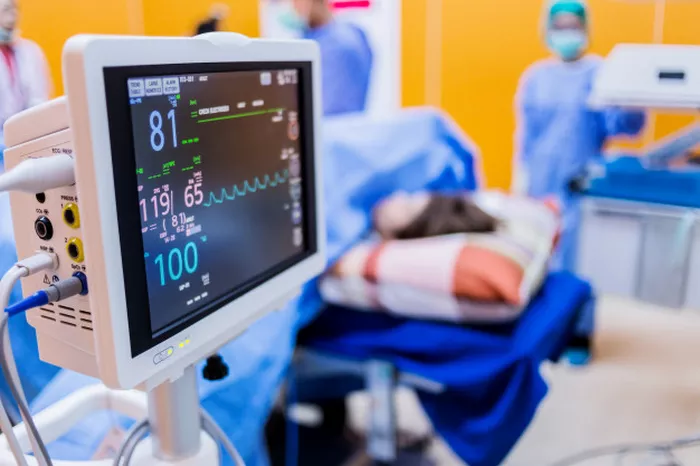FAQs
How do you reduce the swelling of a stye?
To reduce swelling from a stye, apply a warm compress to the affected area for 10-15 minutes several times a day. This helps to increase blood circulation and promote drainage, aiding in reducing inflammation and swelling.
How do I get rid of a stye overnight?
While it’s difficult to completely eliminate a stye overnight, you can alleviate symptoms and speed up healing. Use warm compresses frequently, keep the area clean, and avoid squeezing the stye. Applying antibiotic ointment can also help if prescribed by a doctor.
How long does swelling from a stye last?
Swelling from a stye typically lasts for about 7 to 10 days. However, with proper treatment and care, such as warm compresses and keeping the area clean, you may notice improvement in swelling within a few days. If it persists or worsens, consult a healthcare professional.
Related topics:
- Reducing Diastolic Pressure: A Comprehensive Guide
- Detecting Blood Clots: Symptoms, Risks & Actions
- Lowering Diastolic Blood Pressure: A Comprehensive Guide


